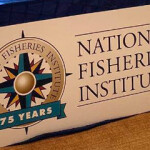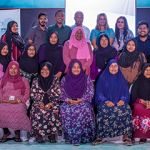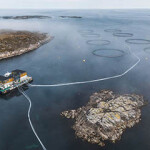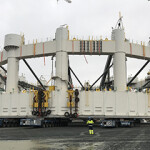Peru's anchoveta season set to open, with much lower TAC

Peru’s Ministry of Production (PRODUCE) has set 22 November as the launch date for the country’s second anchovy season in its north-central fishing region, establishing a 2.047 million metric ton (MT) capture limit, government gazette El Peruano reported.
The country divides its anchovy fishing areas into two regions – south and north-central – with different capture limits and seasons set for each one. The north-central is Peru’s main fishing region, with capture measuring roughly six times that of the south region.
The north-central capture limit is down 26 percent from the 2.78 million MT limit from a year ago, when 88 percent – or 2.44 million MT – were landed, and is down 18 percent from the 2.51 million MT limit established during the first season of this year, when 98.1 percent – or 2.46 million MT – of the north-central region’s quota was filled.
The fishery, which targets both Engraulis ringens and Anchoa nasus for use in indirect human consumption – primarily fishmeal and fish oil used in aquaculture production – is the largest by volume in the world.
The Peruvian Sea Institute (Imarpe) – a specialized technical agency within PRODUCE that advises the state on marine conservation issues – performed studies to evaluate the status of the Peruvian anchovy biomass as of 1 November, and prospects for the second fishing season of the year. According to El Peruano, Imarpe found the acoustic biomass of the north-central anchovy stock was 7 million MT – 29 percent lower than the observed biomass during the summer of 2021 and 17 percent lower than that observed in the winter of 2020. The oceanographic conditions observed in the Peruvian sea during the month of October were particularly cold, signifying the development of a new La Niña event in the central Pacific.
“In relation to what was observed in the summer, this biomass was found distributed in a larger area and at a lower density. In addition, the number and size of the important biomass cores was lower,” Imarpe said. “On this occasion, the incidence of juveniles was 72 percent in number and 50 percent in weight.”
The fishing season will conclude once the maximum total allowable catch limit of the north-central region is reached, or when Imarpe recommends a close due to environmental or biological circumstances.
Photo courtesy of PRODUCE






Share